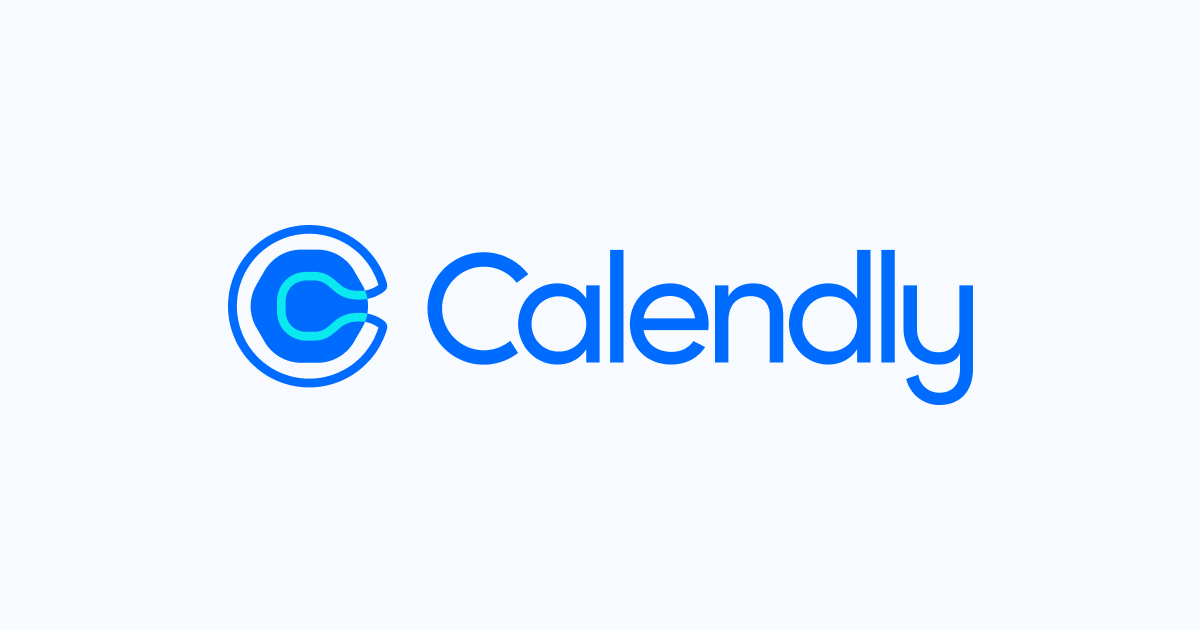Why real outbound systems are built slowly
You can spin up a cold email tool in an hour, but that doesn’t mean you’re ready to send.
Most outbound systems fail because they start too early.
The pressure to launch fast feels productive at first, but all it really does is burn domains and data.
The right setup takes three weeks because each stage builds on the previous one.
The goal is not speed. The goal is stability, signal, and scale.

Checkl
1) Week One: Build the Foundation
This week is about setup, not sending. You buy secondary domains, set DNS records, and start warming inboxes under 50 emails per day.
You create the tracking domain, verify SPF, DKIM, and DMARC, and check that every sender score is clean. You also set up the folder system where all tests, scripts, and ICP notes live.
You can run LinkedIn runs first because it helps you test tone and get early proof of interest.
Every piece of this work feels slow, but it is what decides your inbox health later.
2) Week Two: Tighten the Signals
Once the warm-up is running and the first replies start coming in from LinkedIn, you start working on the signals.
You verify the data, clean the bad leads, and run small segments through your Clay or enrichment layer. You test two offers and two angles to see what actually drives replies.
The copy is adjusted every few days based on what converts, not what sounds clever.
This is also when you start connecting the system together, so the data moves cleanly from one layer to another.
If you run outbound without fixing signals first, you are just sending more of the wrong message to the wrong people.
Week two is about finding what truly works before you scale it.
3) Week Three: Scale Responsibly
This is the week when email starts to go live.
Each inbox moves from 20 to 40 to 60 sends per day, never more until the domain health holds steady.
Every bounce, complaint, and spam score is tracked daily.
New domains are only added if all the QA checks from week two pass.
The same logic applies to messaging.
You keep what works and pause what doesn’t.
Outreach now moves as one connected system where every reply has an owner and every signal loops back into your CRM.
When you reach this stage cleanly, scaling becomes a numbers game instead of a risk.
How to apply this
A three-week rollout is not about being slow. It is about building outbound like an engineer, not a marketer.
Each week adds a layer that protects the one before it.
If you rush the foundation, the rest collapses. If you respect the order, the system compounds.
That is how you build outbound that lasts beyond the first campaign.
Clean domains, clear data, and controlled scale always win over speed.
This is how strong outbound systems are built.
If you are still unsure how to put this together for your own motion, feel free to reach out. I am always happy to jump on a call and walk through your setup and strategy :)


